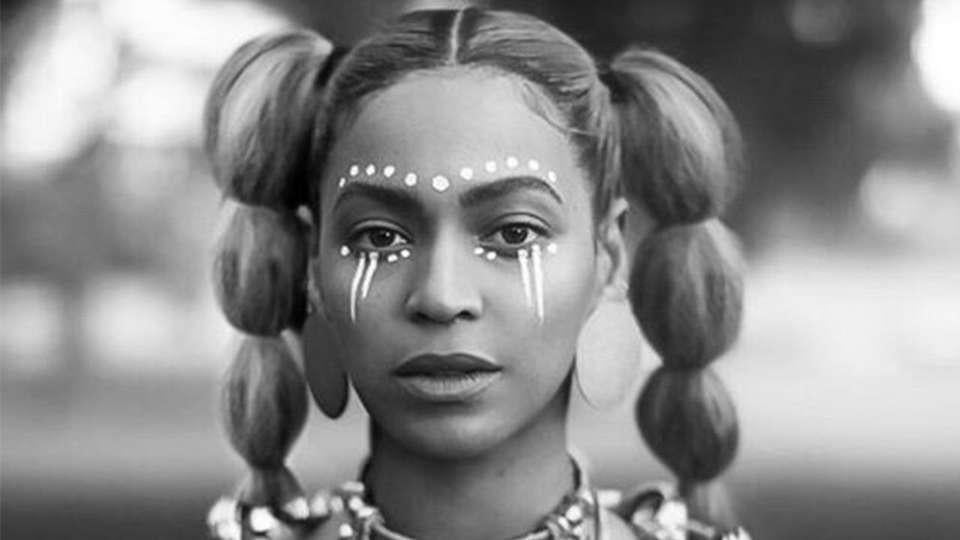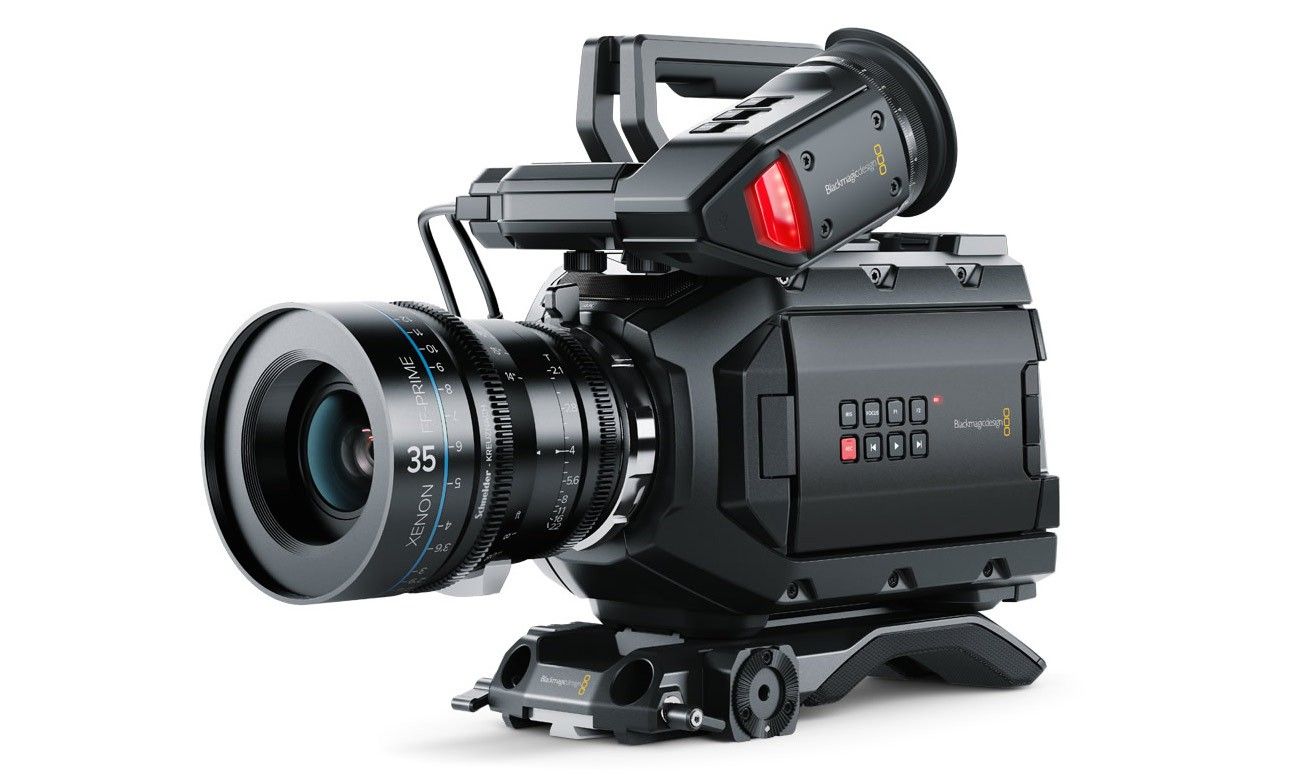NAME: Brenna Empey
FILM: Evoking Childhood
DP: Hailey Davis
TMA 285 DIRECTOR’S REFLECTION
Overall response (2-3
paragraphs):
In 2-3
paragraphs, write an overall response to your film: Were you successful at
achieving what you set out to achieve? What are you proud of? What would you do
differently if you could remake this piece? What did you learn?
As
a third party spectator with no prior knowledge of the subject matter or
metaphor being presented in this film, I’m not sure if I would have understood
what was going on. The overall response to my film was positive – people seemed
to like the feelings it evoked, and thought it was pretty, but not many viewers
seemed to understand what it was about. Most of the confusion came from the
fact that nobody knew who the characters were or what they were supposed to
represent. A lot of people were thinking that it was a romantic piece, or that
the two characters were siblings, which isn’t what I was going for.
From
a personal standpoint, I think the film ended up being what I wanted it to be.
I got the basic metaphor across in the way I wanted to, which was by
eliminating eyes from every frame to distance the viewer from the characters.
My actors had great interactions, although I do think that my directing
could’ve been better about making things less flirtatious and more
father-daughter. I don’t know if this is the subjectivity of the viewer that
made it seem like flirting, but I do think I could’ve added more narrative
elements to suggest that the woman sitting at the table was in fact a child.
I
think the part of my film that worked best was the end, when we match-cut to
the little girl coloring with crayons. Even if the viewers didn’t know the
exact meaning behind that reveal, they thought it was cool and it got them
thinking about the overall meaning of the film.
Briefly answer the following:
What, specifically, did you want to communicate? Were you
successful? Why? Why not?
I wanted
to communicate the idea that as a child, I felt like I had to act like an adult
to fit in, since I was an only child for the bulk of my childhood. I was
surrounded by adults, whether they were my parents or extended family. This
also made me pretty emotionally disconnected from my peers and family members
because I was trying to become something I wasn’t through imitation.
How, specifically, did you try to say this? What visual elements, techniques, etc. did you
use?
The woman
and the child in my film are the same person, but the woman is a physical
metaphor for the mental state of the little girl as she interacts with her
father. As I said before, because of my experience as a child, I was often
emotionally distant from my peers and family members, which is why I
deliberately excluded seeing eyes in my film – eyes are where emotions are
expressed the strongest. To make this idea register more, I included the Teddy
Grahams with all their heads broken off. The color temperature also changes
when the little girl is revealed, in hopes that it would make it more obvious
that the scenes with the woman were all metaphorical.
What did you learn about storytelling:
I
learned that I need to be more generous with narrative elements. I wanted the
story to be overly simple because I didn’t have much time to tell it, so the
only “childlike” things I had the woman do were to draw a picture and eat Teddy
Grahams while interacting with her father. I think if I had added more childlike
elements it would’ve sold better that she was a child the entire time.
Working with actors and getting performance:
This
was an interesting experiencing for me because I’ve never really identified
myself as a director, and I don’t think I’m very good at working with actors. I
tend to prefer working with actors that I already know, which is limiting in
some ways but overall a better choice for me. In that respect, working with
people I knew was fairly easy because I already knew how to talk to them. I
also had an advantage with this film because there wasn’t much dialogue and
pretty much everything the actors did was blocking-related. I was lucky that
the actor who played the father was so good with kids – and I knew this from a
previous film I’d casted him in – so when he was interacting with the little
girl at the end it looked very natural.
Blocking — camera
and actors:
The
hardest thing about blocking this film was making sure eyes never got into the
frame. I really had to figure out how to make it clear that they were
interacting and enjoying each other’s company without seeing their eyes. I
think for the most part I achieved my goal except for when the woman eats the
Teddy Graham and turns to the man. I think the framing ended up being weird on
that one, because while it’s easy to see that eyes should not be visible in
this shot, the framing feels awkward and forced. The film itself isn’t full of
stylistically unique framing, so this shot feels like it’s from another film.
Visuals — composition,
framing, visual elements:
The
intention of this film was to feel warm and familiar, but I think the deeply
saturated warm coloring might have been overkill. It’s especially jarring when
the little girl is revealed at the end, and the coloring seems a lot more
natural. I was trying to make the scenes with the woman more stylized and
unreal so that the audience would be able to identify its metaphorical nature, but
I think it would’ve been better if I kept the coloring consistent. The extreme
warms looked gimmicky to me. However, I love how the lighting turned out! We
were imitating a sunset late into the night and we were lucky that our location
had such high windows we could work with.
Design & Art Direction:
I
was lucky to end up with an actress who is also a production designer on this
film, so I was able to communicate exactly what I wanted done with the props
and such and she delivered every time. That was a pretty easy aspect of the art
direction. One part that was hard, though, is that we had to make quick
location and space changes to the script when we arrived at our shooting
location. We were originally going to shoot a couple shots in a kitchen, but
when we arrived, the homeowners had forgotten we were coming and were using the
kitchen for the rest of the night. So I had to re-visualize how I wanted the
scene to look in a different space, and thankfully I think it turned out all
right.
The Production Process — collaboration with crew, the logistics of making this piece:
I
think the production process for this film was just another testament to the
fact that in the film industry, it’s all about who you know. I didn’t have to
post a public announcement online that I needed actors or a location or
anything like that, because I’ve worked on enough productions that I had connections
and knew exactly which locations and actors I wanted, so I contacted them
directly and got everything confirmed early on. A situation with my original
actress arose that I thought was going to hinder shooting, but it ended up
working out – my original actress was stuck in traffic and wouldn’t be to Provo
for an hour after call time, so I asked a friend to come act last-minute. My
original actress, then, came and helped gaff and set dress when she finally
arrived on set, and it worked out well because I wasn’t planning on having so
much help.
What was it like to watch your
film with an audience? Did they understand it? Miss the point? Why did they
respond the way they did?
Like
I said before, I think the metaphorical meaning of this film was pretty lost on
most of the audience. The few people to whom I’d explained it beforehand
understood what was going on, but I’m sad that it ended up being that way –
people only understand it if I explain it. However, the overall response to the
film was positive even if they didn’t understand exactly what was going on. They
enjoyed the visuals and the interactions between the actors, areas where I feel
this film excels. Once I explained it to the audience they understood it pretty
quickly, but I wish I could’ve made it more clear by using different narrative
elements to more clearly state that the woman is a metaphor for a child with an
adult’s mind.
Other observations:
I
think one thing that could’ve remedied the problems with color temperature and
color correcting would have been to shoot the entire thing during the day. We
began shooting at golden hour, and when the sun went down we had to start
imitating the sunset with lights. I think that negatively affected our ability
to keep things looking natural, even though we achieved the same light
structure – the way the light was falling looked like a real sunset, but the
color didn’t. It was also difficult to kep the lighting the same because to
fill the room we reflected off the ceiling, which was yellow and messed up our
lighting temperature as well.






















